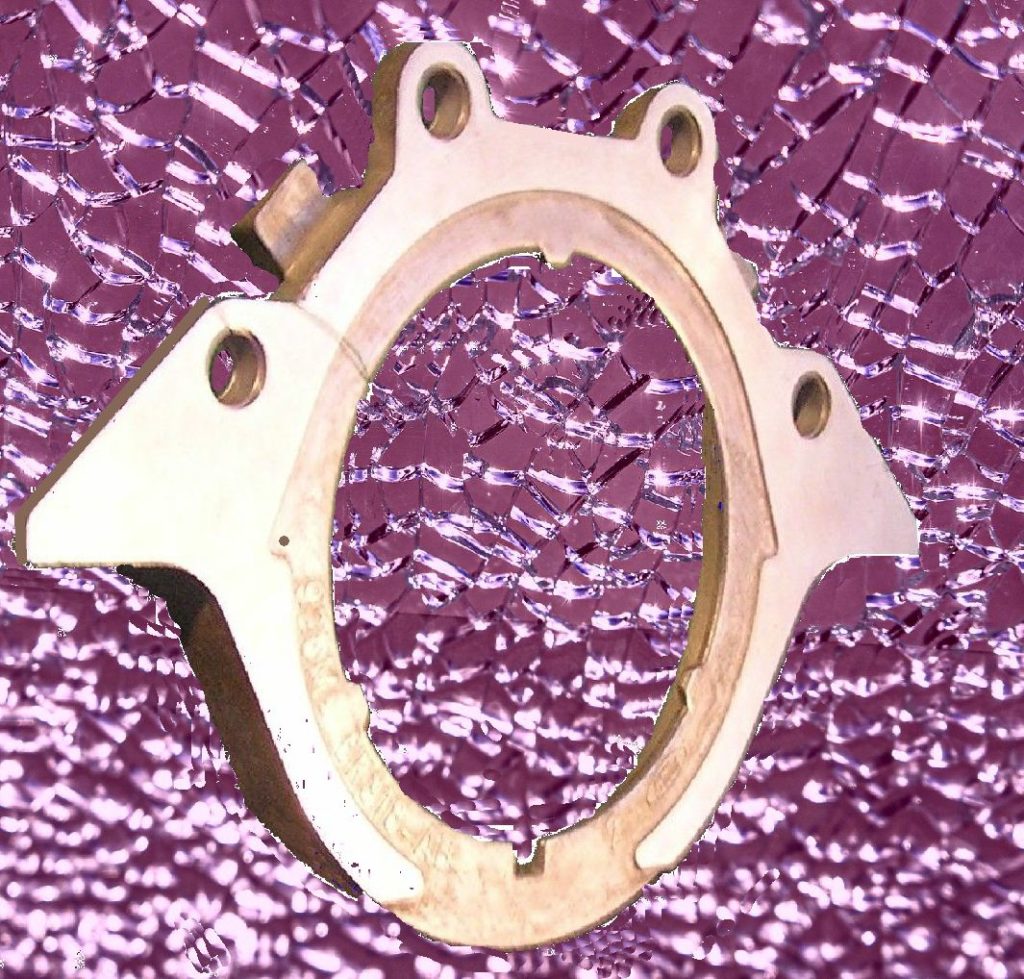
Tempered glass used in automotive windows shatters into small pieces. This is due to the residual stress in the material. The two surfaces are in compression. The interior is in tension. Many cut injuries have been avoided because of this choice of material.
Die castings also have similar residual stress. No, die castings do not shatter into 1000 pieces but they do warp when only one surface is machined off. This makes it difficult to machine a die casting to a precision dimension. As a further challenge the part does not immediately relax into its final warped shape. I have fought with parts that were still warping a day later.
So what can you do to compensate for the residual stress in most die castings.
- Heat treat- Not a popular option because many die casting blister in heat treat
- Bias the machining- With modern CNC it is possible to shape a cut to obtain the desired final shape after warp
- Cut more than once- A roughing cut followed by a finishing cut after a time delay is commonly used to achieve round bores. The pictured rear seal retainer required 30 roughing cuts.
- Machine off less material- My favorite solution but it does require a lot more die cast engineering skill
- Machine unclamped- A process like Blanchard Grinding where a part like an oil pan is nested instead of clamped allows the part to relax the residual stresses as it is being cut. It is possible to achieve a .06 mm flatness on a engine block mating flange because the Blanchard grinding process also uses multiple cutting passes
